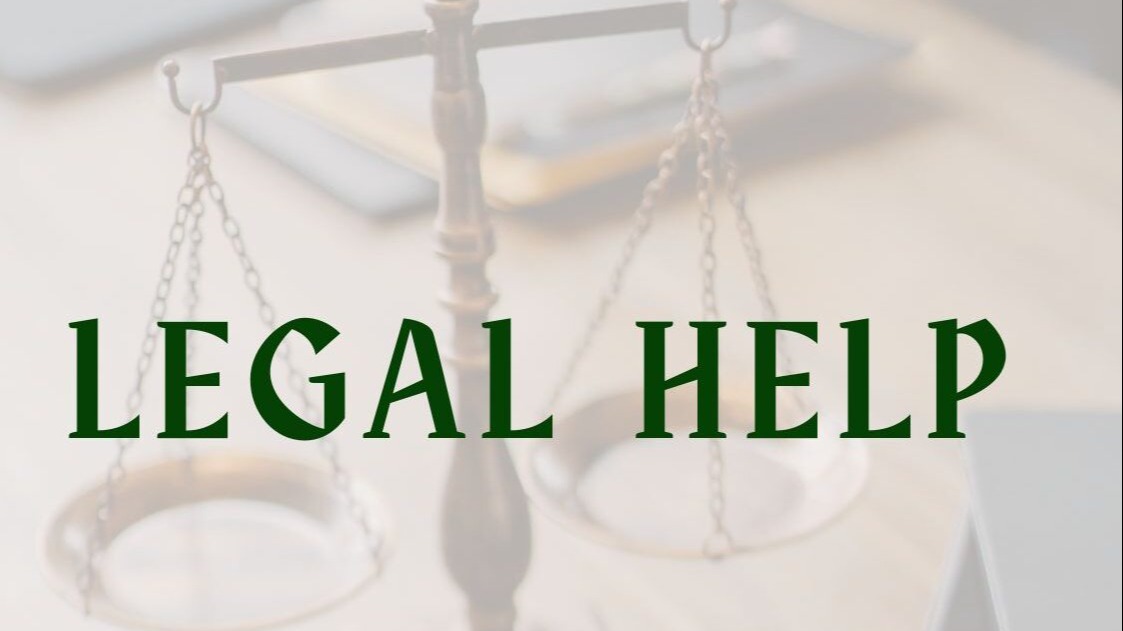A Beginner’s Guide to Court Fees
Going to court can be stressful enough without worrying about the costs. Many people don’t realize that in addition to lawyer fees, there are also court fees—charges set by the court system for filing documents, starting cases, or accessing certain services. This guide explains what court fees are, how much they typically cost, and what options exist if you cannot afford them.
What Are Court Fees?
Court fees are payments required to file or process legal documents, start or respond to a case, or access court services. They are set by law and vary depending on the type of case and the court system (state, provincial, or federal).
Common examples include:
- Filing fees: For starting a lawsuit, divorce, or appeal.
- Motion fees: Charged when you submit certain requests during a case.
- Copy and certification fees: For official copies of court documents.
- Service fees: For delivering court papers to the other party.
- Transcripts or records fees: For obtaining court transcripts or judgments.
How Much Do Court Fees Cost?
Court fees vary widely:
- In the U.S., filing a civil case in state court can range from $50 to $400 depending on the state and type of case. Federal court fees are often higher.
- In Canada, provincial courts set their own schedules. For example, filing a small claims case might cost around $100–$200, while appeals or higher-level cases may cost more.
Tip: Most courts publish a “fee schedule” on their official website. Always check the current rates before filing.
What If You Cannot Afford Court Fees?
Many courts recognize that people with low income may not be able to pay court fees. Options include:
1. Fee Waivers (U.S.)
- In most U.S. states, you can request a fee waiver by filing a form called In Forma Pauperis (IFP).
- You must usually provide proof of income, government benefits, or financial hardship.
- If approved, some or all fees are waived.
2. Legal Aid Coverage (Canada & U.S.)
- If you qualify for legal aid, it may also cover your court filing fees.
- Community legal clinics can assist with waiver applications.
3. Payment Plans
- Some courts allow fees to be paid in installments if you cannot pay everything upfront.
How to Apply for a Fee Waiver
1. Get the correct form
- Ask the court clerk or download from the court’s website. Look for “Application to Waive Fees” or In Forma Pauperis.
2. Fill it out completely
- Include income, expenses, dependents, and any public benefits you receive.
3. Submit with your filing
- Hand in the form when you file your case. In some courts, a judge must review and approve it.
4. Wait for approval
- If approved, you can proceed without paying the fees. If denied, you may need to pay or appeal the decision.
Tips for Managing Court Costs
- Ask before you file: Court clerks can provide fee information and available waivers.
- Check local resources: Websites like LawHelp.org or [LegalInfoHub] can point you to assistance programs.
- Plan for additional costs: Even if filing fees are waived, you may still need to pay for copies, mailing, or service of documents.
- Seek legal aid: If money is a concern, consult a legal aid office before filing. They may reduce or eliminate costs.
Key Takeaway
Court fees are part of the legal process, but they should not prevent you from accessing justice. If you cannot afford them, fee waivers, legal aid programs, and community resources can help you move forward with your case.





